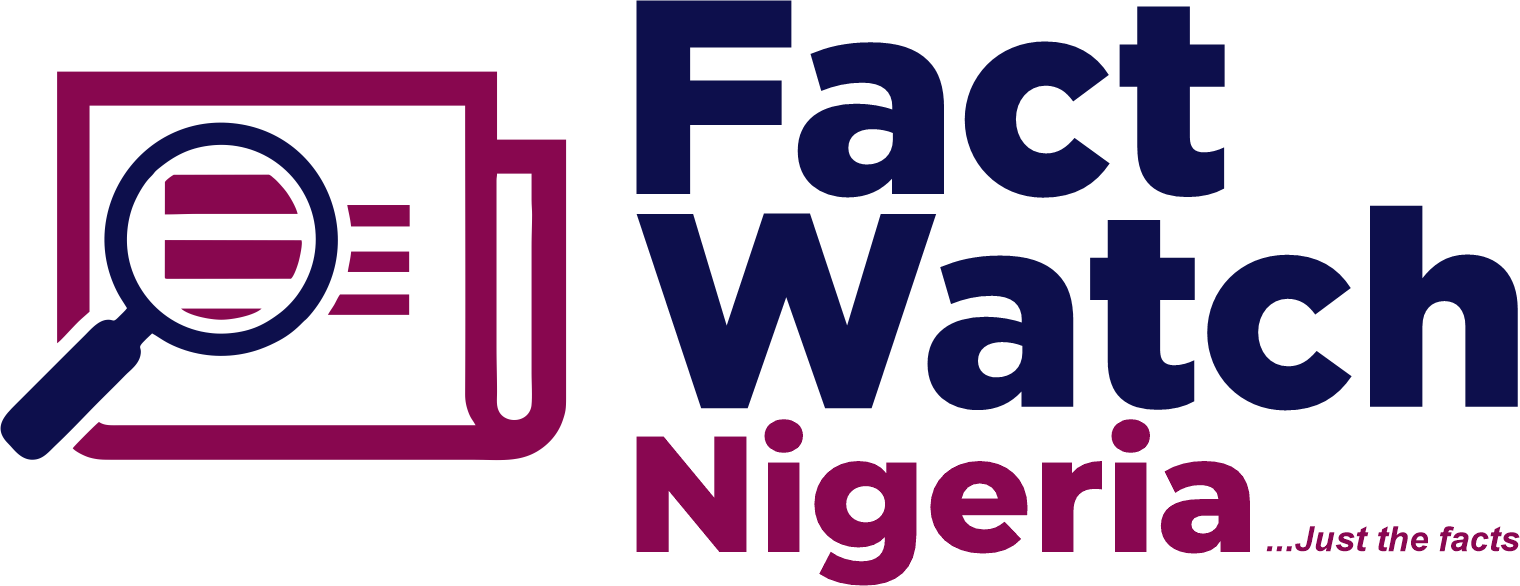The online advertisement to Donald Trump supporters was clear enough: Click here, and receive a free Trump 2024 flag and a commemorative coin. All in exchange for taking a quick survey and providing a credit card number for the $5 shipping and handling.
“You’ll get two free gifts just by taking this quick poll in support of Trump,” says the ad’s narrator.
The ad — which has appeared on Facebook, YouTube and other platforms — didn’t mention the $80 charge that would later appear on credit card statements. Those that clicked were scammed.
Political advertisements on social media are one of the best ways for candidates to reach supporters and raise campaign cash. But as a new report from Syracuse University shows, weak regulations governing online ads and haphazard enforcement by tech companies also make ads a prime source for misleading information about elections — and a tantalizingly easy way for con artists to target victims.
“There is very little regulation on the platforms,” said Jennifer Stromer-Galley, the professor who led the research for the ElectionGraph Project at Syracuse University’s Institute for Democracy, Journalism & Citizenship. “It leaves the American public vulnerable to misinformation, disinformation and propaganda.”
Stromer’s research examined more than 2,200 groups on Facebook or Instagram that ran ads between September and May mentioning one of the presidential candidates. Combined, the ads cost nearly $19 million and were seen more than 1 billion times.
Data connected to the ads (and made public by Meta, Facebook’s owner) shows that both right- and left-leaning ads targeted older voters more than younger ones. Right-leaning ads were more likely to target men, progressive ads were more likely to target women.
Overall, conservative-leaning organizations bought more ads than progressive-leaning groups. Immigration was the top issue raised in right-leaning ads while the economy dominated progressive ads.
Many of the ads contained misleading information, or deepfake video and audio of celebrities supposedly crying during a speech by former First Lady Melania Trump. Stromer-Galley noted that falsehoods in ads about urban crime and immigration were especially common.
While most of the groups paying for the ads are legitimate, others seemed more interested in getting a user’s personal financial data than boosting any particular candidate. Using a partnership with the data science firm Neo4j, Stromer-Galley found that some of the pages shared common creators, or ran virtually identical ads. When one page disappeared — perhaps removed by Facebook moderators — another would pop up quickly to take its place.
Many of the pages sold Trump-related merchandise such as flags, hats, banners and coins or advertised fictitious investment schemes. The true motive, apparently, was to get a user’s credit card information.
The ads promising a free Trump flag were placed by a group called Liberty Defender Group. Emails sent to several addresses listed for the company were not returned, and a phone number for a company representative could not be found. One website associated with the group has moved on from politics, and is now selling devices which claim to improve home energy efficiency.
Meta removed most of the network’s ads and pages earlier this year after researchers noticed their activity, but the ads are still visible on other platforms. The company says it prohibits scams or content that could interfere with the operation of an election and removes ads that violate the rules. In addition, the company urges its users not to click on suspicious links, or to hand over personal information to untrustworthy sources.
“Don’t answer messages asking for your password, social security number, or credit card information,” the company said.
The Trump campaign, which has no known ties to the network, did not respond to a message seeking comment.
The researchers at Syracuse were only able to study ads on Meta platforms because other companies do not make such information public. As a result, Stromer-Galley said the public is in the dark about the true amount of misinformation and scams spreading on social media.






